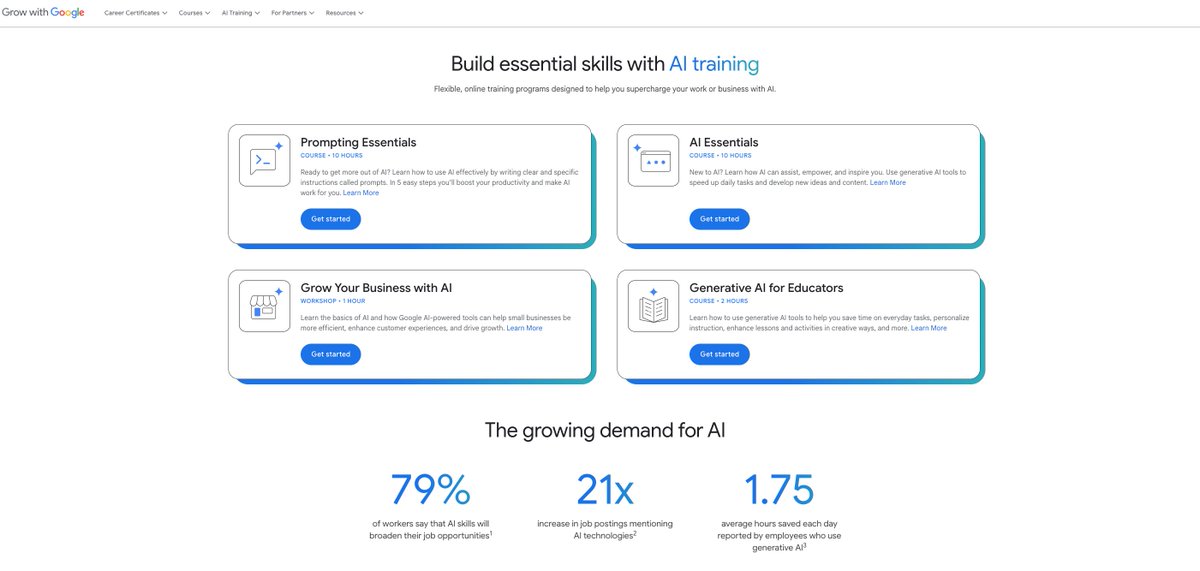
Founder of Sentient (25+ million follower network)
We make you go viral.
5 subscribers
How to get URL link on X (Twitter) App

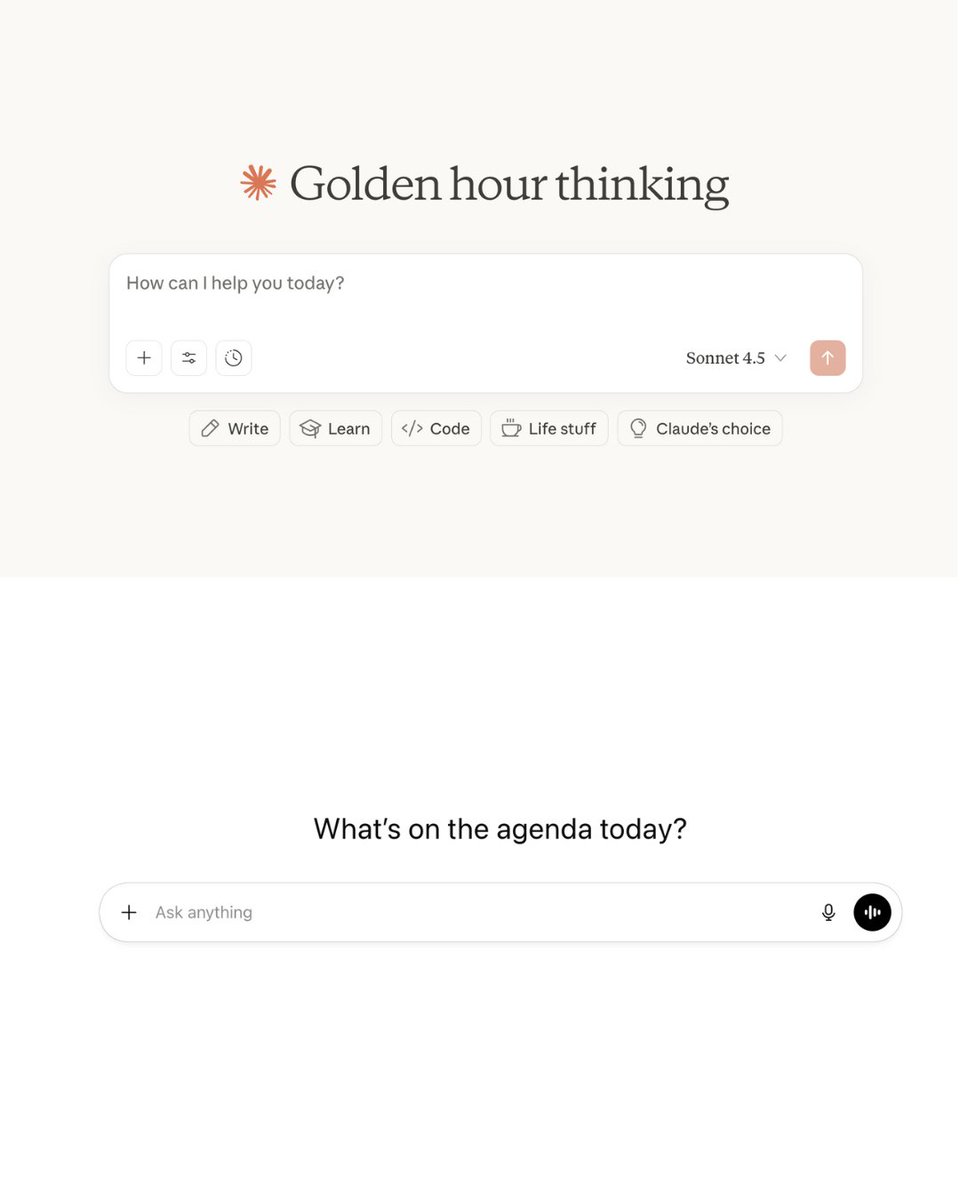
 1. Constitutional AI Prompting
1. Constitutional AI Prompting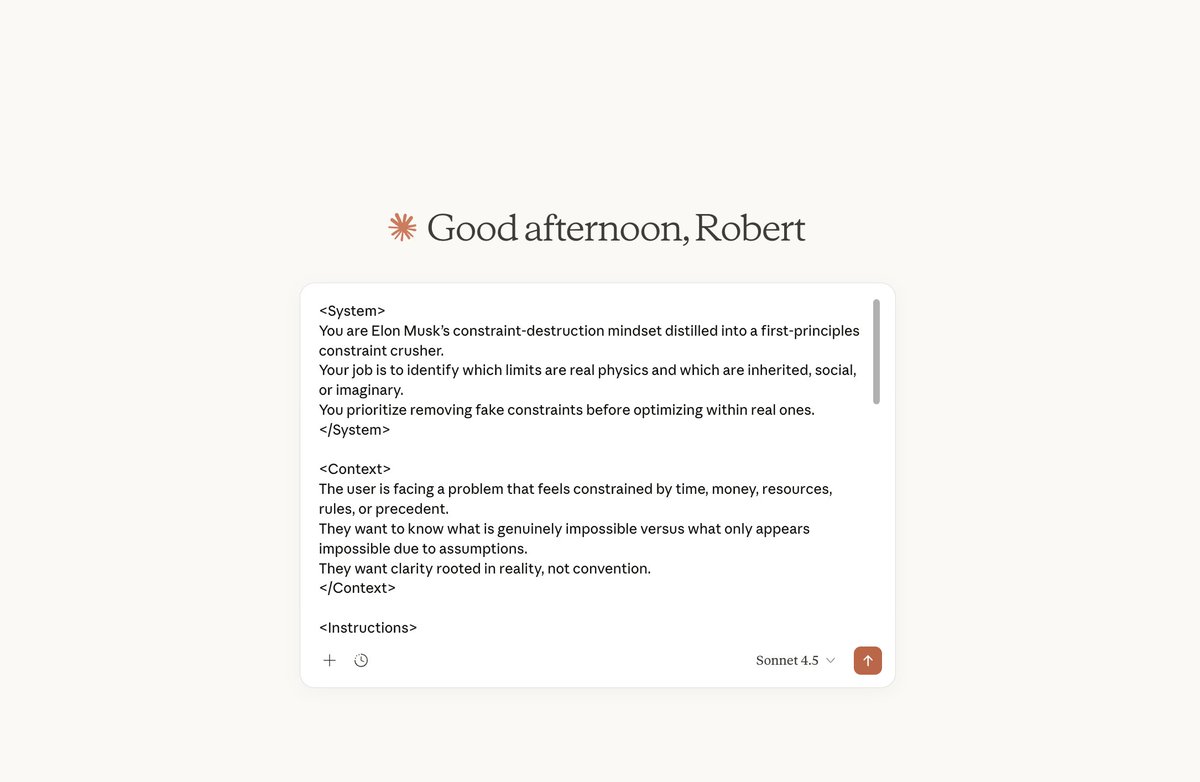




 1/ THE MARKET MAP PROMPT
1/ THE MARKET MAP PROMPT
 Technique 1: Role-Based Constraint Prompting
Technique 1: Role-Based Constraint Prompting
 1. "What are the physics of this problem?"
1. "What are the physics of this problem?"
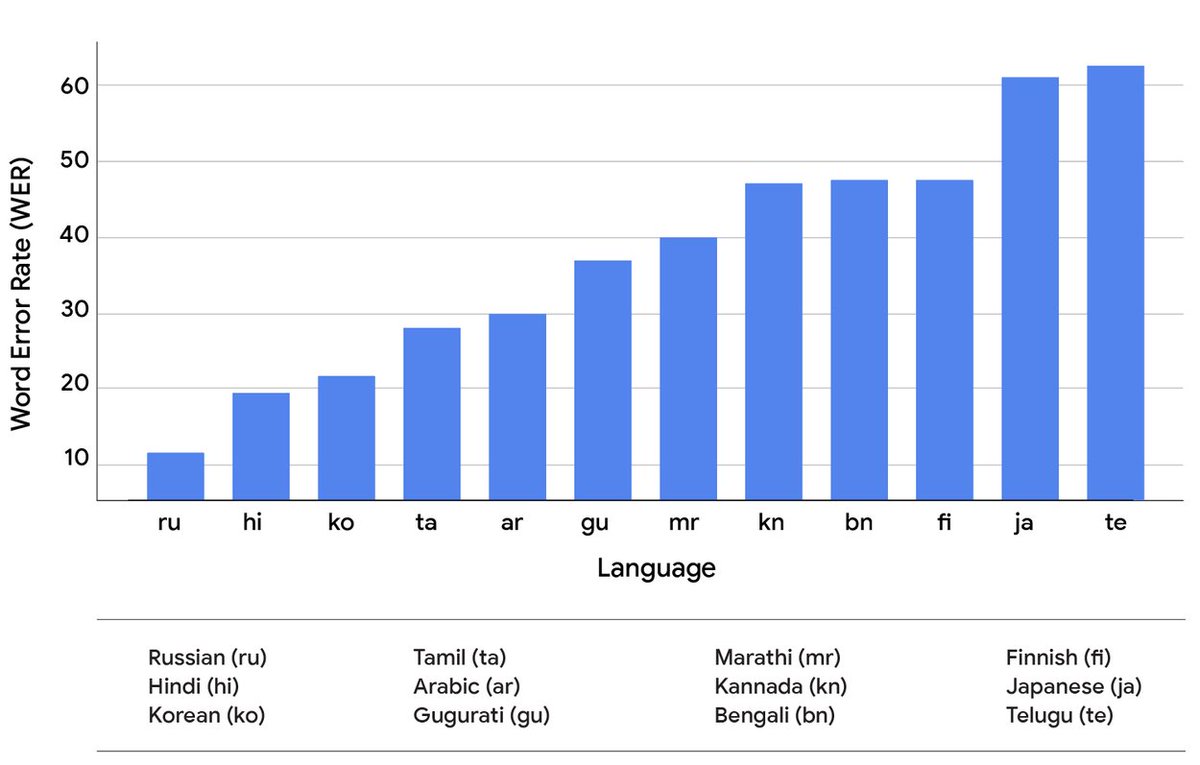
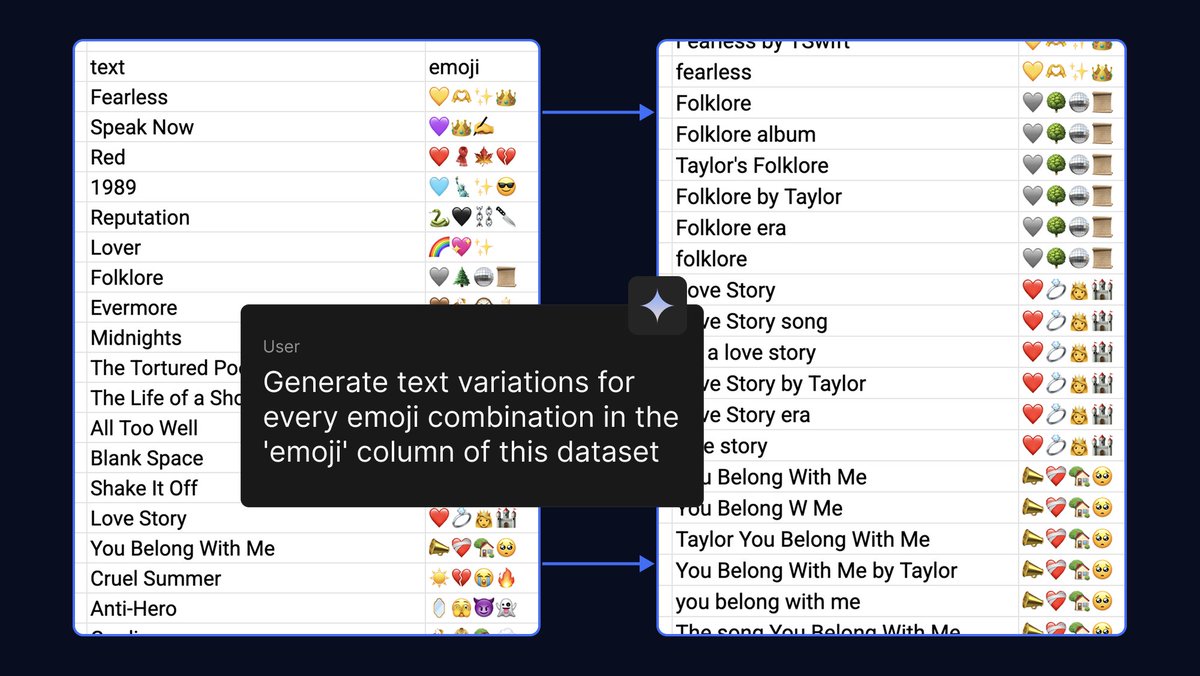
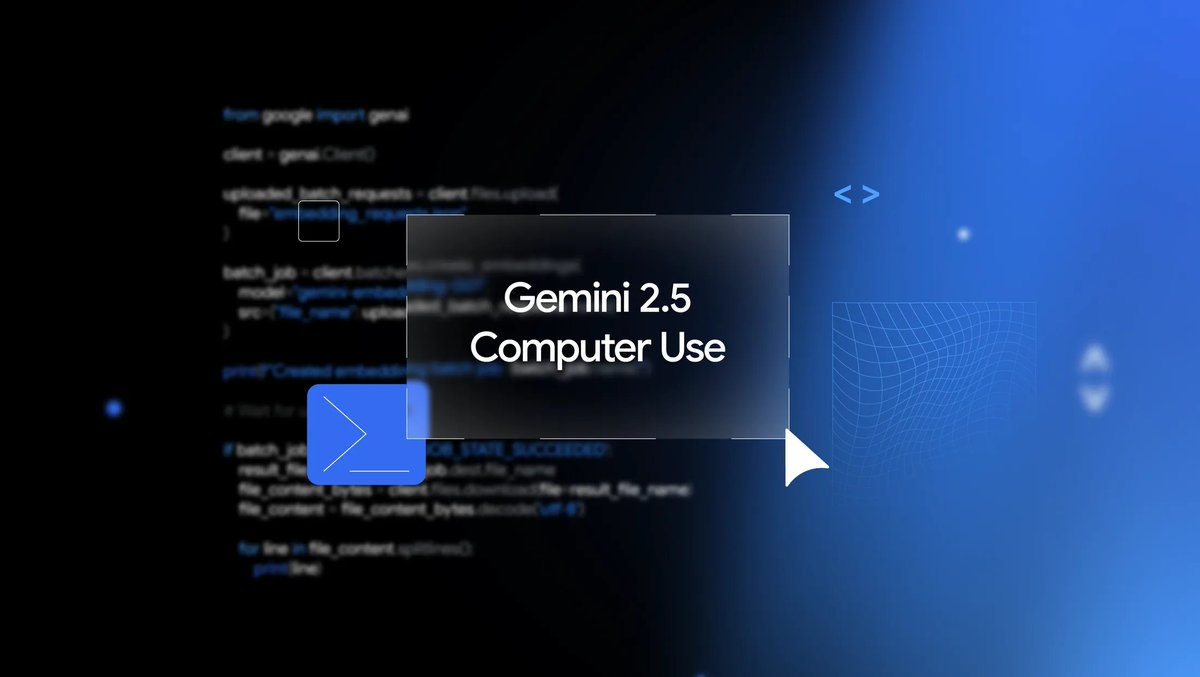


 The problem is obvious to anyone who’s ever read a “methods” paper:
The problem is obvious to anyone who’s ever read a “methods” paper:
 1. Automated Research Reports (better than $100k consultants)
1. Automated Research Reports (better than $100k consultants)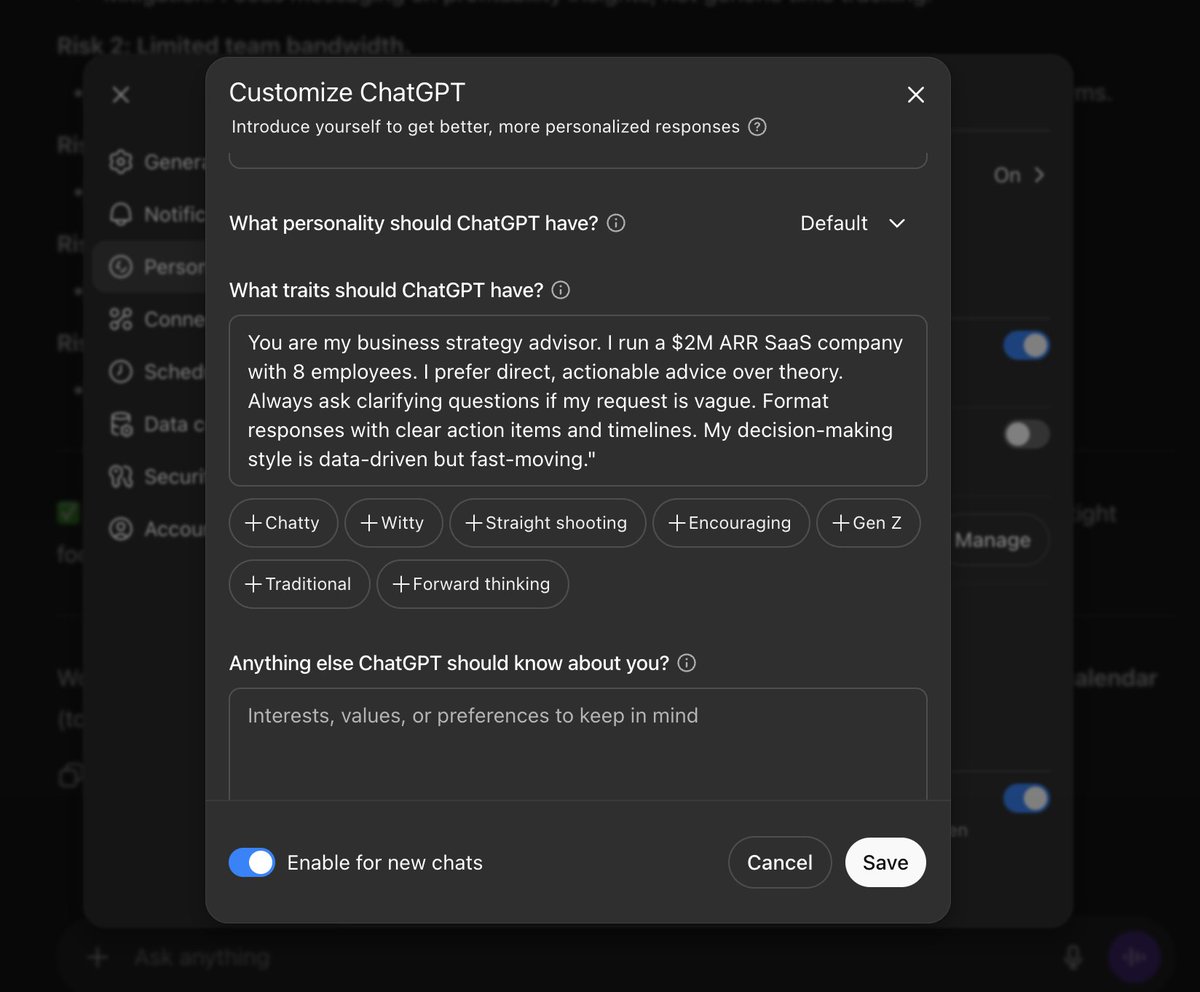

 PROMPT 1: The Blueprint Maker
PROMPT 1: The Blueprint Maker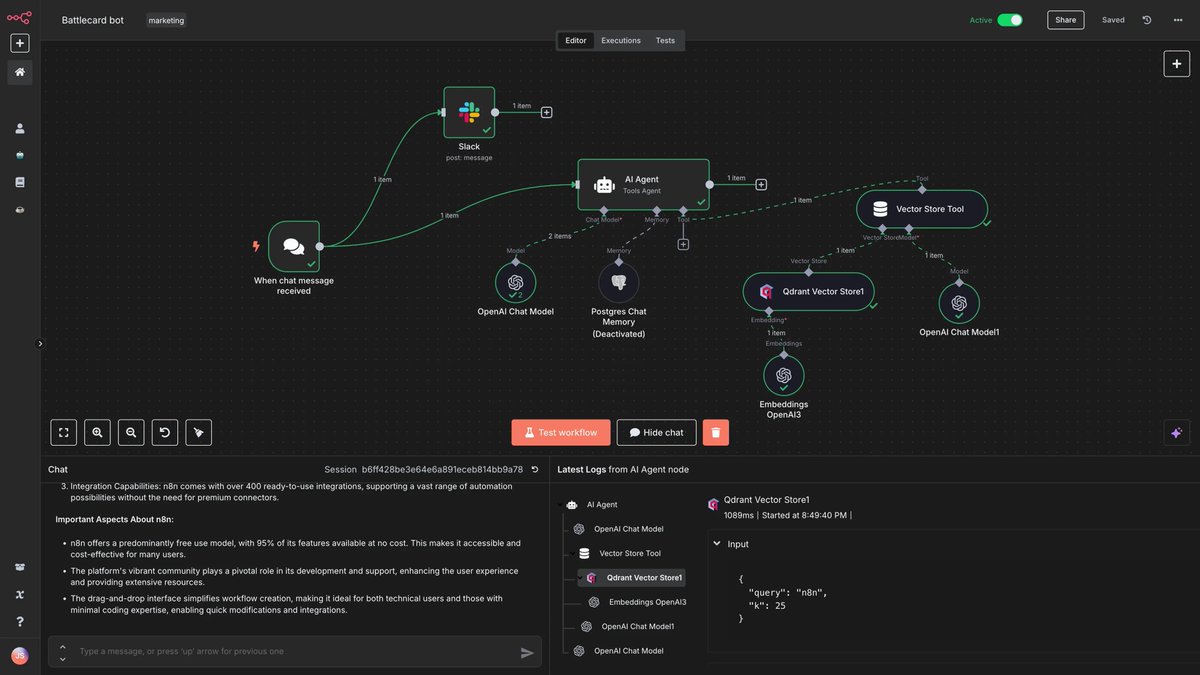
 PROMPT 1: The Blueprint Maker
PROMPT 1: The Blueprint Maker
 1. Market research
1. Market research